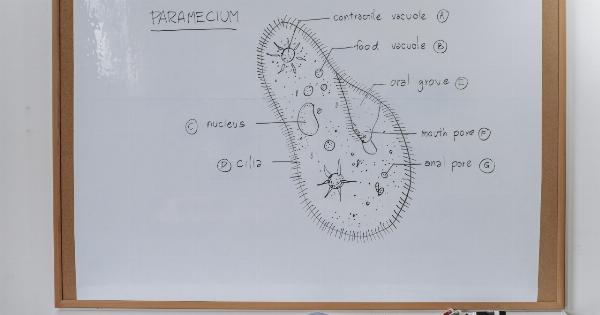Trooper joint diseases refer to a group of disorders affecting the joints that can cause pain, stiffness, and limited mobility. It is crucial to be aware of the warning signs of these conditions so that they can be diagnosed and treated early.
This article discusses the common symptoms associated with trooper joint diseases and what to look out for.
1. Joint Pain
Persistent joint pain is one of the most common warning signs of trooper joint diseases. If you experience discomfort, throbbing, or aching in your joints that lasts for several weeks or more, it is crucial to seek medical attention.
Joint pain can be mild, moderate, or severe and may worsen with movement.
2. Joint Stiffness
Stiffness in the joints, especially after periods of inactivity, can indicate the presence of trooper joint diseases. You may find it challenging to move the affected joint fully, and the stiffness may improve with gentle exercise or movement.
3. Swelling and Redness
Swelling and redness around the joints are signs of inflammation, which is a common feature of many trooper joint diseases. The affected joint may feel warm to the touch, and the swelling can vary in intensity from mild to severe.
4. Limited Range of Motion
With trooper joint diseases, you may notice a decreased range of motion in the affected joint. Movements that were previously effortless may become difficult or even impossible.
The limited range of motion can significantly impact daily activities and overall quality of life.
5. Joint Instability
Instability in the joints, such as the feeling that the joint may “give way” or be unable to support your weight, can be a warning sign of trooper joint diseases.
This sensation can be particularly noticeable during physical activities or when putting pressure on the joint.
6. Joint Deformities
In some cases, trooper joint diseases can lead to joint deformities. This may involve the joint taking on an abnormal shape, appearing misaligned, or becoming visibly swollen. Joint deformities can cause pain and further restrict movement.
7. Muscle Weakness
Trooper joint diseases can result in muscle weakness surrounding the affected joints. Weakness in the muscles that support the joints can contribute to instability and further impair mobility. It may also cause difficulties in performing everyday tasks.
8. Fatigue
Chronic fatigue or generalized tiredness can be associated with trooper joint diseases. The body’s constant inflammatory response and the discomfort caused by joint pain can lead to feelings of exhaustion and low energy levels.
9. Joint Clicking or Popping
Clicking, popping, or cracking sounds originating from the joints may be an indicator of trooper joint diseases. These noises can occur during movement and are typically the result of cartilage damage or structural abnormalities within the joint.
10. Joint Warmth
If a joint feels warm to the touch, it may suggest an underlying trooper joint disease. Increased blood flow to the affected joint due to inflammation can cause it to feel warmer compared to surrounding areas.
Recognizing the warning signs of trooper joint diseases is essential for early diagnosis and treatment.
If you experience any of these symptoms, it is crucial to consult a healthcare professional to determine the underlying cause and appropriate management.





























